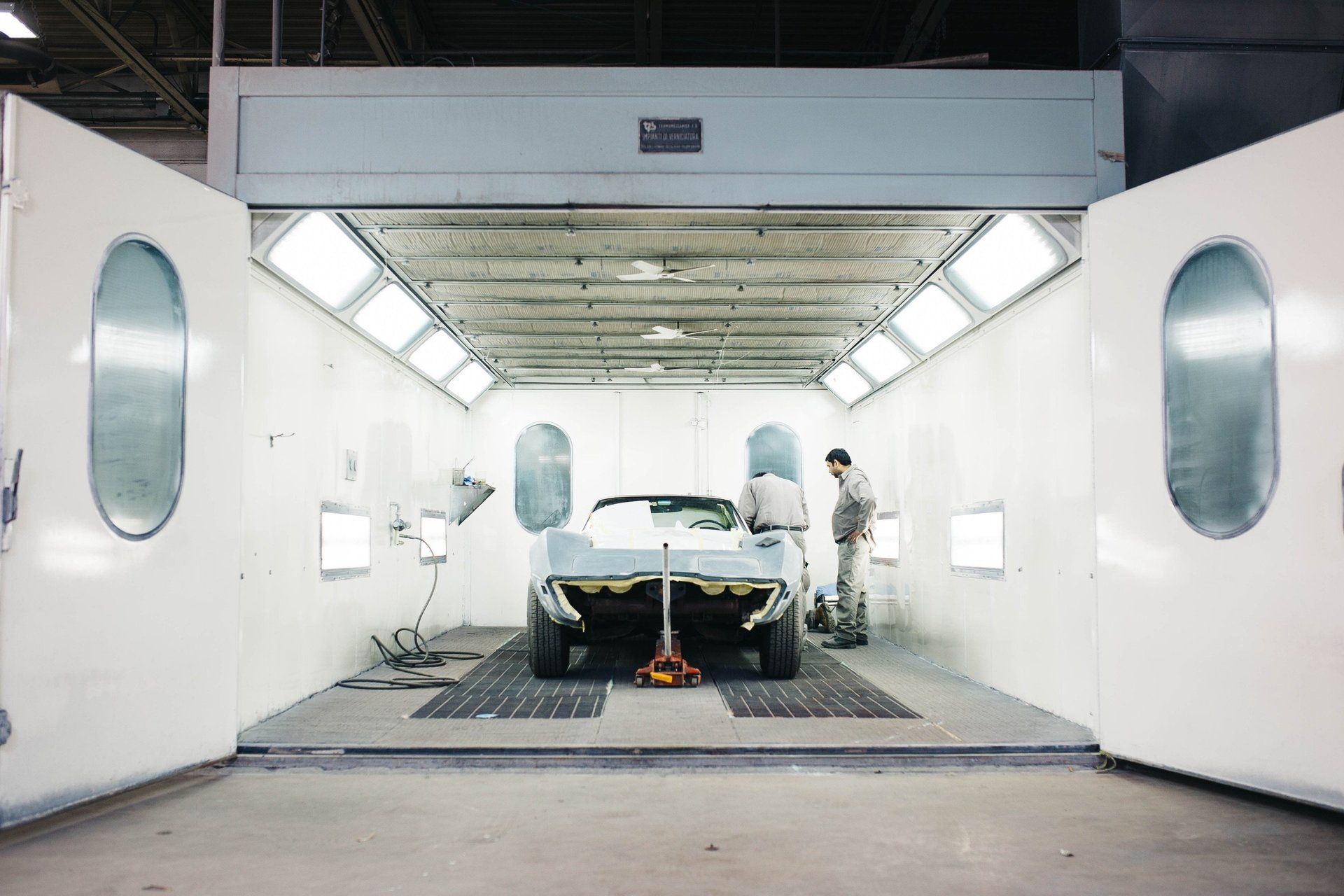Email Us: info@solomonus.com Call Us
+1-833-269-2515
PROFESSIONAL SERVICES
PROFESSIONAL SERVICES
Offices, not otherwise classified, can include a multitude of operations, such as managing production or delivery of goods or services, marketing, and accounting.
Minimum recommended coverage:
Business Personal Property, Business Income with Extra Expense, Employee Dishonesty, Accounts Receivable, Computers, Valuable Papers and Records, General Liability, Employee Benefits Liability, Umbrella Liability, Hired and Nonownership Auto Liability, Workers Compensation
Other coverages to consider:
Building, Equipment Breakdown, Computer Fraud, Forgery, Money and Securities, Employment-related Practices Liability, Business Auto Liability and Physical Damage, Professional or Errors and Omissions Liability
Property exposures consist
for the most part of office operations, although there may be some incidental storage or an area for minor service work. Hazards are usually light, and both the property and theft exposures depend on the amount and type of computer and office automation equipment on hand. In older offices, light to moderate hazards come from the large amount of paper used. In newer offices there are often personal computers, photocopiers and similar equipment, and the primary hazards arise from the high concentration of electronic equipment. Fire sources include wiring, wear, and overheating of equipment.
Equipment breakdown exposures
are typically moderate. Climate control is important for many businesses, and breakdown of the heating or air-conditioning units or computers may cause serious loss.
Crime exposures include
employee dishonesty. Money and securities may be a concern if receipts are collected in the office. Hazards increase in the absence of background checks and monitoring procedures. Computer fraud may be a concern, not only directly to the insured, but also through identity theft of customers’ personal information.
Inland marine exposures
are generally limited to accounts receivable, computers and valuable papers and records. Equipment or laptop computers may be used off premises. Evaluation must include what is taken off premises or shipped and whether it is subject to theft or transportation losses.
Premises liability exposure
depends upon whether or not customers come onto the office’s premises or the employees of the operation visit or travel to the customer’s premises. If clients visit the premises, aisles must be free of debris and have flooring in good condition, no frayed or worn spots on carpet, and no cracks or holes in flooring. The number of exits must be sufficient and well-marked, with backup exit lighting in case of power failure.
Parking lots and sidewalks must be in good repair, with snow and ice removed, and generally level and free of exposure to slip and falls. Factors affecting the risks include exterior lighting, fencing, and any other security measures in place.
Professional liability exposure
will depend on the actual operation. However, any professional must have an appropriate license and proper certification to operate.
Workers compensation exposure
will depend on the actual work being performed. Concerns include eyestrain, neck strain, carpal tunnel syndrome, and similar cumulative trauma injuries that can be addressed through ergonomically designed workstations.
Solomon Solutions
Insurance
We provide clients with tailored insurancce solutions to meet their specific personal & business needs and exposures.
Risk Management
Assisting customers with their claim issues is the goal of Solomon Agency Claims Management Group.
Employee Benefit
We provide a comprehensive affordable employee benefit programs that support your efforts of enriching your..
Industry Specialties
Protection No Matter The Industry. We offer specialized insurance and risk management solutions for several industries.
Get a Free Quote
We’d love to hear from you. Choose the most convenient method and we’ll get back to you as soon as we can.
Contact Us
Hello there,
Thank you for contacting us.
We will get back to you as soon as possible.
Solomon Team
Oops, there was an error sending your message.
Please try again later.
Please try again later.
Get a live help!
Office Hours: 9 am - 6 pm
217-04 Northern Blvd.
Bayside, NY 11361
718-461-8300
HEADQUARTERS
NEW JERSEY
222 Bridge Plaza South Suite 510
Fort Lee, NJ 07024
Tel: 201-503-8000
Fax: 201-503-8007
Email:
nj@solomonus.com
VIRGINIA
GEORGIA
VIETNAM
Room 6, 3rd Floor
ACM Building
96 Cao Thang, Ward 4
District 3, Ho Chi Minh City
ACM Building
96 Cao Thang, Ward 4
District 3, Ho Chi Minh City
Tel: 718-461-8300
Email: info@solomonus.com
SOUTH KOREA
1003-ho, 10F, 15 Toegye-ro,
Jung-gu, Seoul
Republic of Korea
Web:
www.solomonkr.com
Tel: 070-4060-3559
Email:
info@solomonus.com
© 2025
Solomon Agency Corp.





